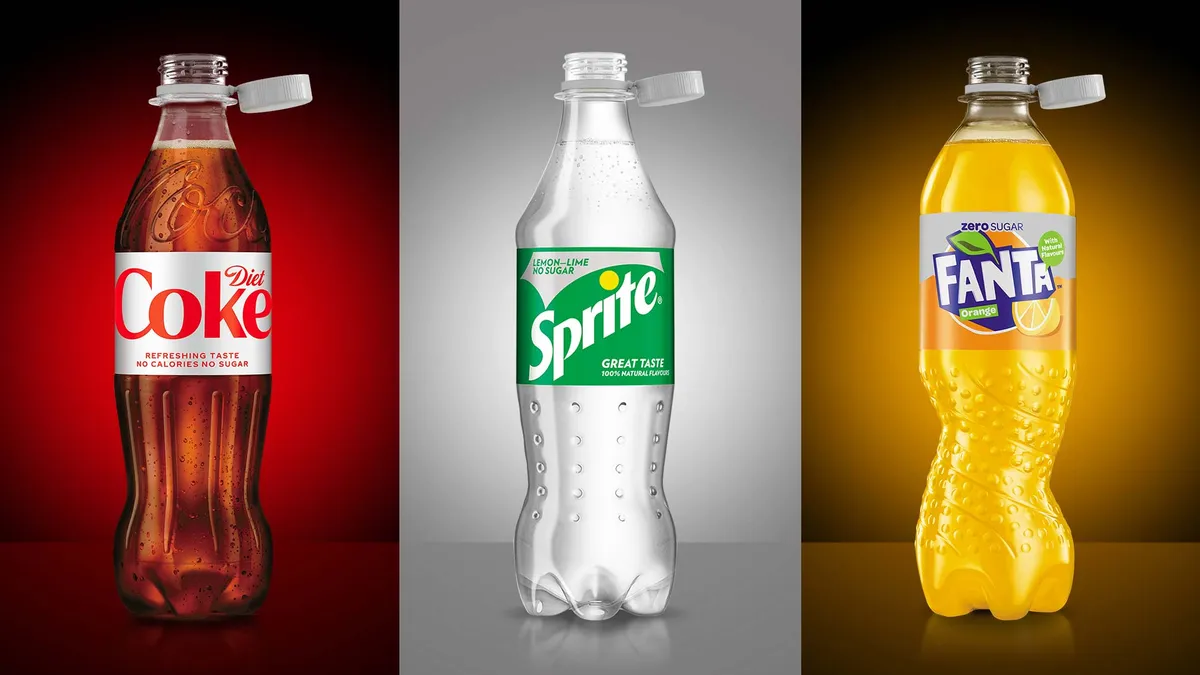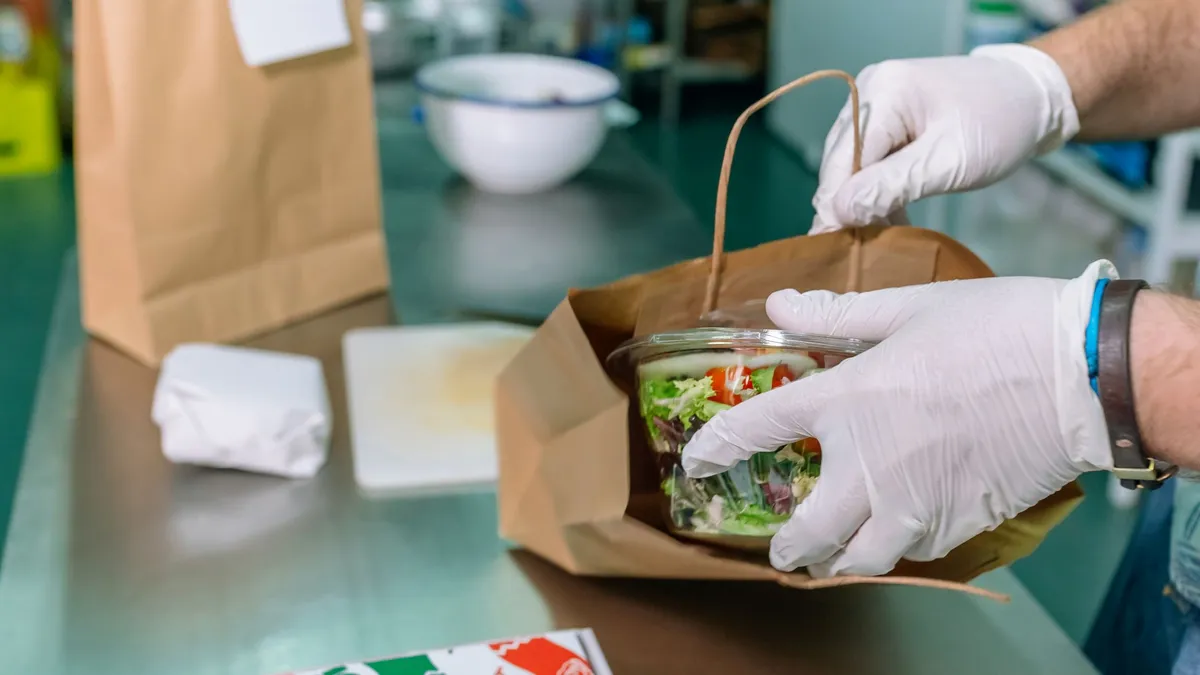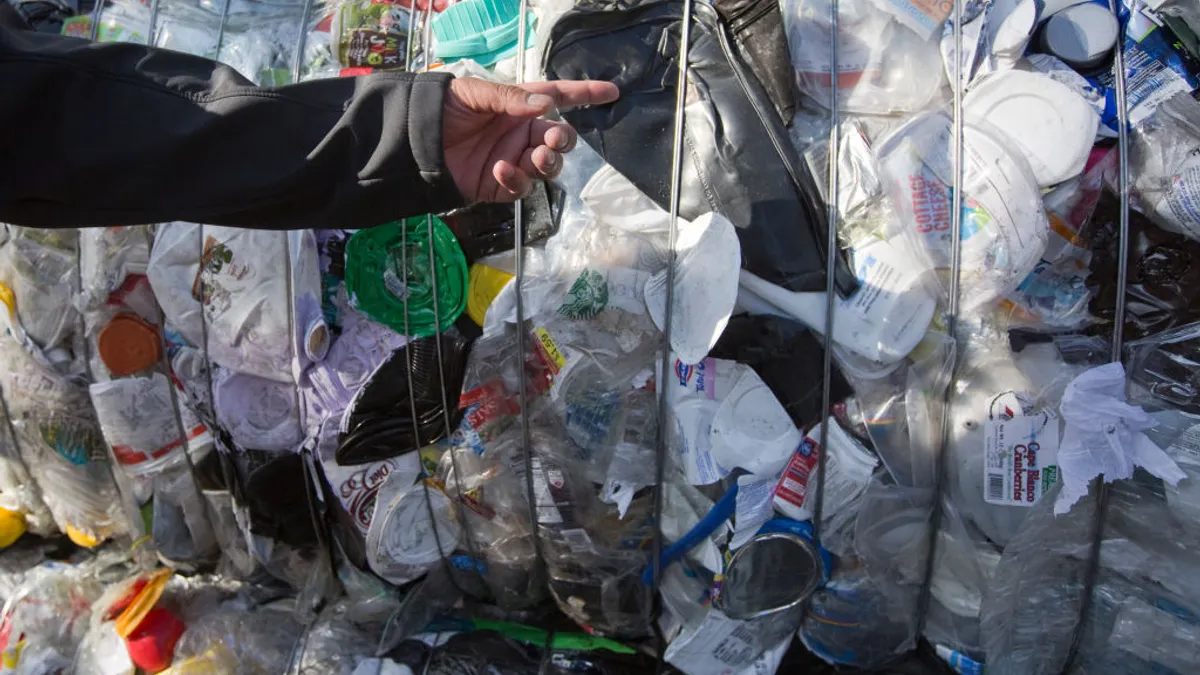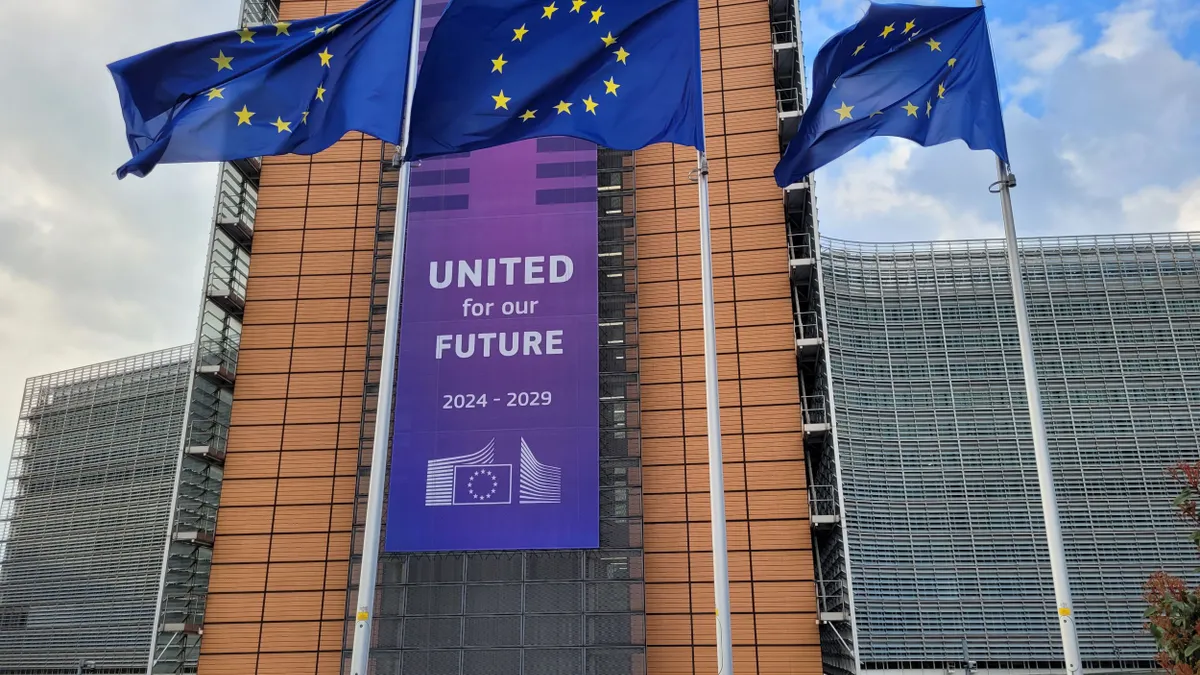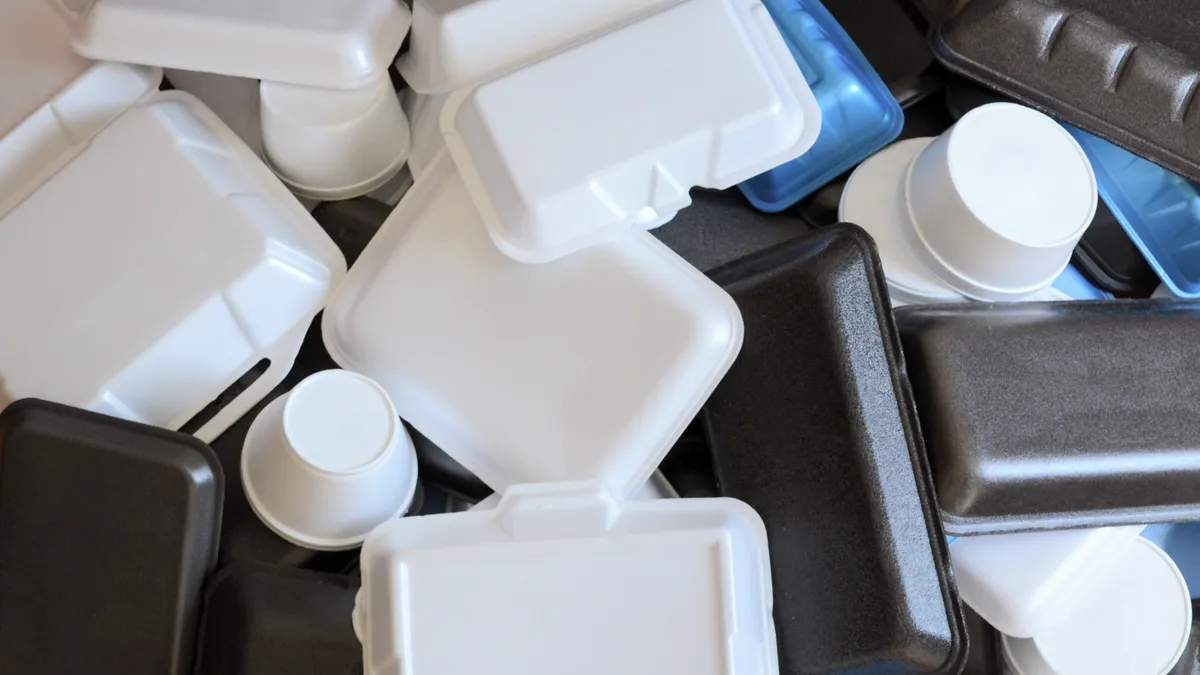Editor’s note: This regulation took effect on July 3, 2024.
In the European Union, major brands are redesigning packaging to change the system for beverage cap containers ahead of a regulatory requirement intended to reduce marine litter and improve recycling rates.
The 2019 directive aims to reduce the environmental effects of certain single-use plastics, and reduce waste volumes, by promoting more sustainable and non-toxic products. In addition to introducing extended producer obligations, the directive introduced design measures stipulating that single-use plastic containers of up to three liters must have tethered caps or lids. The measure applies to beverage bottles and composite beverage packaging, but not to glass or metal beverage containers that have caps and lids made from plastic.
Getting ready for the mandate
Despite some initial pushback from big beverage brands, many companies have announced they will be in compliance by the July 2024 deadline.
Last year, Coca-Cola, in partnership with Coca-Cola Europacific Partners, announced the transition to tethered caps. Packaging supplier Sidel, part of the Tetra Laval group, supported the company by helping it shift to a lighter bottle neck. Berry Global, a company providing tethered caps to Coca-Cola, said its closure includes a tamper-evident band.
“In terms of production, it was vital to minimize disruption to existing equipment and processes, both for Berry and for brand owners,” said Graeme Hood, a director of beverage R&D in the company’s international consumer packaging division, via email. “This also had to be achieved without compromising consumer experience, so that their behavioral change in adapting to the new closure is as painless as possible.”
Packaging manufacturers had to adjust to new challenges because the new EU requirements affect cap design and production. “With the required changes to closure functionality — and therefore their geometry — we have found that component construction, mold design and capping lines will all need to be adjusted,” said Hood.
Other companies already producing tethered caps include Krones AG, which won a 2020 German Packaging Award in the sustainability category for its 3 Circles bottle, made 100% from recycled PET. Plus, United Caps introduced a tethered closure for its 23 H-PAK carton packaging earlier this year. The company said it was critical to development to ensure that the opened cap was positioned to allow the perfect pour from the carton.
“Over 50% of the closures we make are bespoke to a specific customer,” said Rony Van Regenmortel, United Caps’ chief projects officer and sustainability leader, via email. He added that the “vast majority” of the company’s existing customer base worked with them to enable a transition to tethered caps.
Caps on the shore
A 2016 clean-up tour of the Dutch North Sea coast found up to 128 caps per kilometer of beach, and more than 80% of the caps collected came from food and beverage packaging. Tethered caps are seen as a way to mitigate pollution, but experts say this design is not the only way to reduce bottle cap litter.
“What we find is that systems that have effective beverage container collection, namely with deposit return systems, are places where you don’t have this problem,” said Elizabeth Balkan, director of Reloop North America. The organization was founded in Europe, and its mission is to support and accelerate the shift toward a more circular economy. Since bottles are typically redeemed with caps on, and that material is handled in a specific stream rather than as part of a broader mix of materials at a MRF, Balkan said this is a good way to keep caps from getting disposed or becoming litter.
Sources pointed out a key issue: the common consumer misconception that caps need to be removed from bottles before placing them in a recycling bin. Not only is this not required, but it makes cap recycling less likely.
“They go into the residuals at the material recovery facility because they are too small to be sorted with the other plastics,” said Kara Pochiro, vice president of communications and public affairs at the Association of Plastic Recyclers. “Mostly, the residuals will go to the landfill.”
In the past, compaction issues at MRFs affected bottles with caps on and sometimes caused caps to shoot off the bale. “That issue has largely been addressed,” Pochiro said. She adds that groups seek to standardize recycling education messaging to consumers, including the need to replace caps on bottles.
Piping is the largest end market in North America for effectively recycled HDPE bottle caps, though the material can also be used in other non-food applications.
Some reclaimers can manufacture food-grade resin, meaning the bottle cap material could potentially be recycled into new bottle caps. Balkan believes deposit return systems are an ideal way of accomplishing this. Incentives for companies, and competitive recycled resin pricing, could help to get more recycled material into new caps, she said. But for now, “virgin material is both more available and cheaper.”
While about to become a notable trend in Europe, sources don’t anticipate the U.S. market will see a shift in the near term.
Pochiro said that “the challenge with switching from the type of cap we have now to a tethered cap is the amount of investment required at all of those companies to completely change their equipment.”
Though when policies such as recycled content mandates and EPR pass in a bellwether state, such as California, traction on a national level often follows.
“A lot of the companies, they’re not going to manufacture differently for California versus other states,” Pochiro said.
A California legislator previously introduced a bill in 2017 that pushed for tethered caps. It was reintroduced in 2018 but encountered opposition from the beverage industry and did not pass. Similar policies haven’t been enacted in any other U.S. states since.


